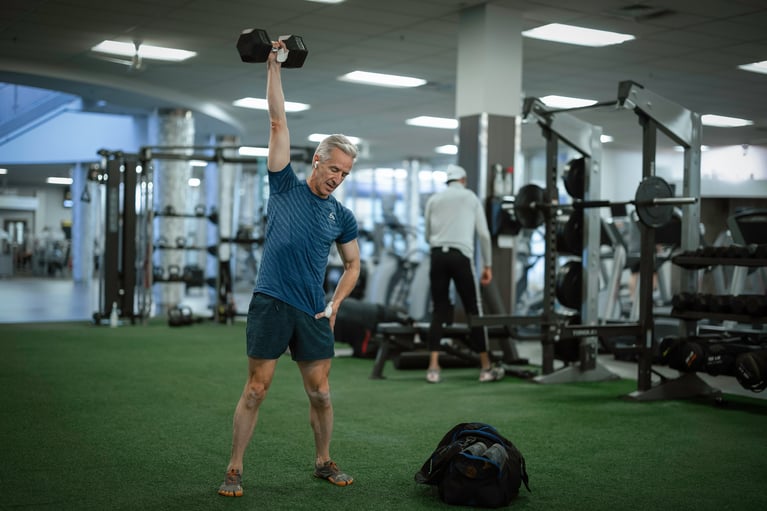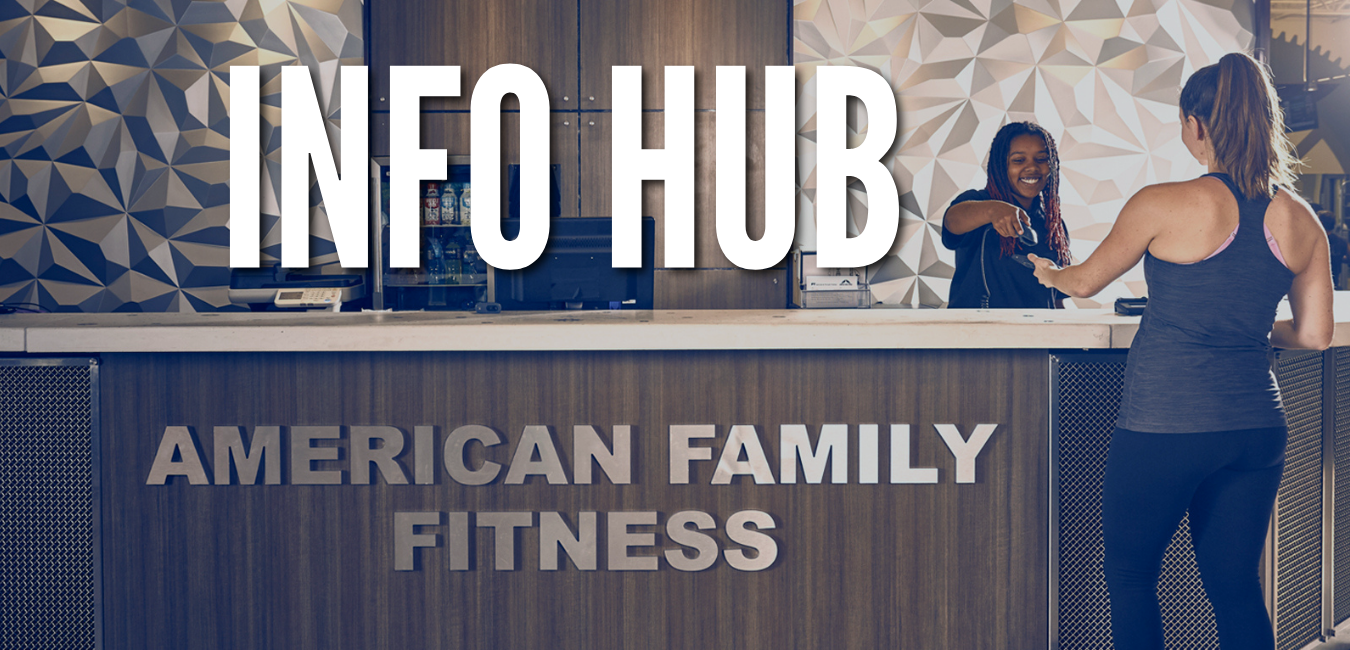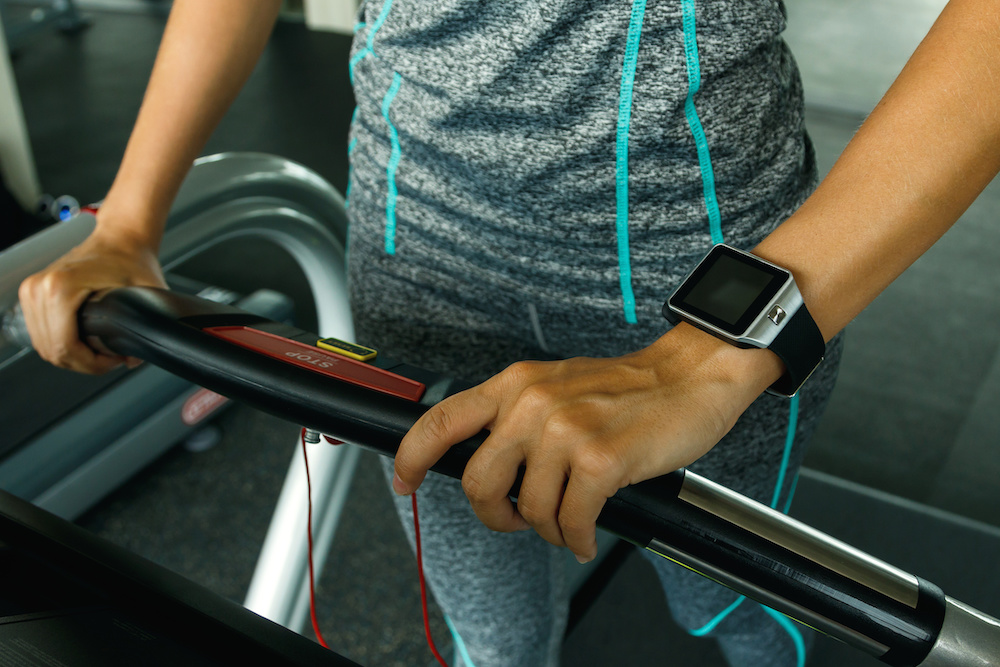
Article courtesy of InBody USA. Editor’s Note: This post was updated on November 30, 2018, for accuracy and comprehensiveness. It was originally published on May 12, 2016.
Ask any financial advisor worth their salt about when you should invest for retirement and you’ll likely get the same response: it is crucial that you start as soon as you can, as much as you can.
Why? Because the sooner you invest for your future, the better your chances are of living a comfortable lifestyle in your old age. The sooner you start, the greater the chances you’ll have a healthy investment account that you can draw off later in life, which can allow you to do all the things you want in retirement.
The same applies to your health and your body composition.
If you’re in your 20s or 30s, it’s easy to completely disregard your fitness if you want to, just as it’s easy to forget about investing money for retirement. You look and feel healthy with little to no effort.
Time, it seems, is on your side. But you won’t be able to maintain your health if you keep living a unhealthy lifestyle.
As anyone reading this who is in their 40s or beyond will tell you: the time you’re living on is borrowed. You might feel invincible today, but time will catch up with you, and sooner than you think.
If you don’t start to develop and maintain a healthy body composition through exercise while you are young, you will be hit hard with the effects of old age. You will experience decreased strength, functional ability, and quality of life. You will be old and frail. But it’s not all doom and gloom. Read on to understand how aging affects your body, and learn exercises and workouts that will help preserve your body composition and strength and help you enjoy your golden years.
Here’s How Aging Affects the Body
You may not realize it, but your muscles are constantly being broken down and repaired. When you use your muscles, microscopic tears are caused by daily wear and tear. This necessitates rebuilding those tears with protein.
Here’s the problem: as you get older, your body stops rebuilding your muscles as efficiently as it used to. Over time, this leads to a reduction in overall muscle mass and strength. That loss can be from a combination of factors including hormone changes (ex.the level of hormone testosterone gradually decreases), physical inactivity, and comorbid conditions (cardiovascular disease, diabetes, cancer).
Now the kicker: this reduction in muscle mass doesn’t just occur in the elderly – unless you consider your 30s old. That’s right. Research has shown that strength and development peaks in the 20s and begins to plateau in your 30s.
For many people, decreased strength (whether consciously or not) translates to being less active, and previously routine activities become more difficult. Less activity means fewer calories burned, less muscle development, and over time, negative changes to your body composition – mainly muscle loss and an increase in percent body fat.
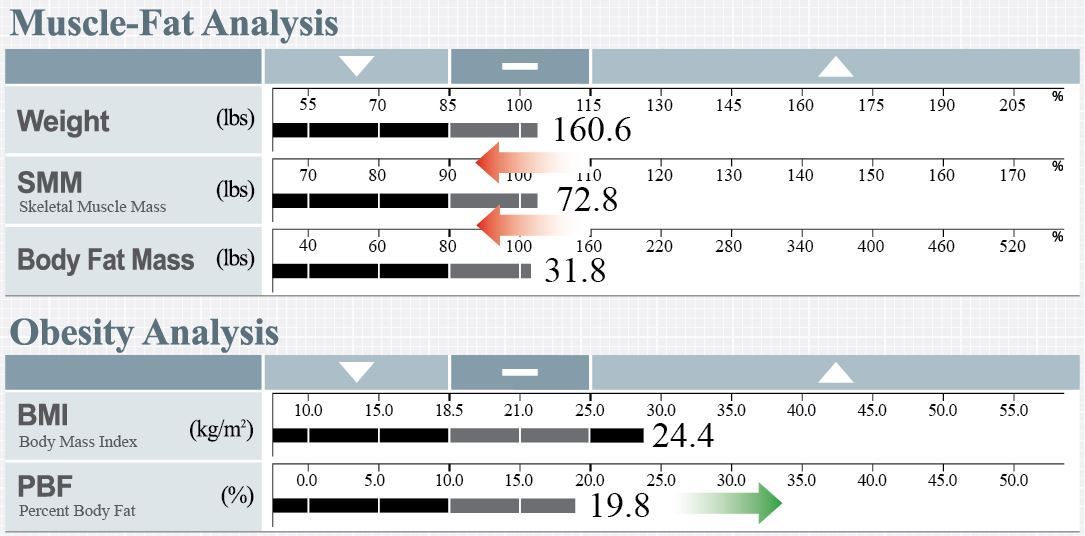
If left unchecked, at some point in your 30s, your body will start to progressively lose muscle year after year, and by the time you’re 50, you could have lost around 10% of your muscle area. Thereafter, you can lose an additional 15% of the remainder by the time you’re 60 and another 15% of that by 70. Eventually, you will be old and frail and unable to enjoy life to the fullest.
Granted you won’t suddenly get all the symptoms of aging overnight. But over time you will begin to notice the effects of old age. Here are three things to watch out for.
Moving will become harder
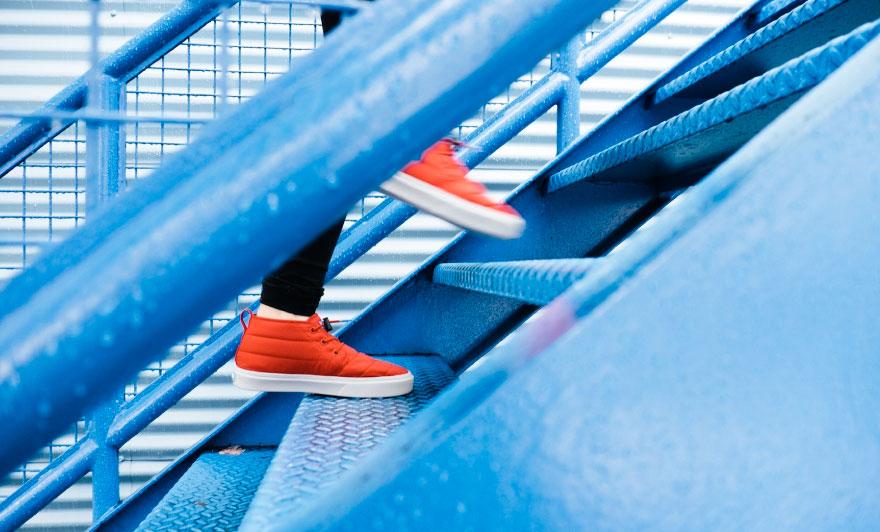
Right now, you’re probably taking your mobility for granted. You can run, walk up a flight of stairs, throw a ball, and maybe even ride a bike. All of these things seem easy now.
But when you start losing muscle, these simple actions can become difficult. All of the sudden, taking the elevator becomes a necessity, not a luxury. You get tired more easily. Even getting in and out of a car can become a challenge. These are all possible experiences you may have as a result of losing muscle, as loss of function and independence is a pretty common consequence of muscle loss as you age.
Gaining fat becomes easy
Remember how your muscles were like your body’s engine and put a large demand on your body for calories to power them? In your youth, you didnt have to worry about a healthy diet. It felt like you could eat as many calories you wanted without putting on a pound. Well, the reality is that your muscles are linked with your metabolism, so as soon your muscles start to diminish, so does your metabolism.
When this happens, many people describe it as their “metabolism slowing down.” That’s only partially true; the majority of what’s actually happening is muscle loss, which means your body needs fewer calories to operate.
If your body needs fewer calories but you continue to eat the same number of calories as you did before, you’ll start gaining body fat. What’s more: this entire process can occur with no drastic changes to your weight.

As muscle loss progresses and is replaced by fat (two separate processes, mind you), your body weight can remain largely unchanged– masking significant changes in body composition and potentially leading to a wide array of health problems associated with obesity.
Health problems will begin to appear

Human beings tend to gain weight throughout middle age due to a combination of many different factors, including becoming less active. Increased body fat has been linked with many different health problems.
One of the most frequently cited health risks is diabetes. Studies have shown that steady weight gain throughout life can lead to adult onset diabetes. This is due in part to not only more body fat but also muscle loss. Loss of skeletal muscle mass has been linked with insulin resistance: the less muscle you have, the less insulin sensitive you become – as your insulin sensitivity decreases and you become more resistant, your risk factor for type II diabetes increases (to review: insulin sensitivity is good, while insulin resistance is bad for your health).
But don’t forget, the loss of muscle can cause other problems as you age. A particularly damaging condition, especially for women, is the onset of osteoporosis. Osteoporosis occurs when more old bone is reabsorbed than new bone is created. A number of published studies in both men and women have linked decreased muscle mass with thinner, weaker bones, increasing the risk of osteoporosis and risk of serious injury from falls.
Muscle: Your Fountain of Youth
Muscle is an incredibly important tissue that is a crucial part of your body’s health. Having a well-developed body with enough muscle mass isn’t just for looking good – it’s for promoting a healthy body and living a full life for as long as possible.

A helpful way to understand this is to think of body’s muscles as your body’s internal “savings.” As you work out and your body converts the protein from your diet into muscle protein, you create muscle “deposits,” similar to depositing money in a savings account.
Just as a bigger bank account can help you do the things you want to do in life financially, bigger muscles help you do the things you want to do physically. And just like when hard financial times come – like when you lose a job unexpectedly – a healthy savings account can help you keep your head above water, when your body has a crisis – like becoming seriously ill or injured – your body draws on your muscles for protein reserves. The bigger the reserves, the easier it is to recover from a crisis, physical or financial.
If you don’t currently exercise and still feel great, you can likely thank your youth for that. However, this free pass at health won’t last forever. If you’re still young, you need to preserve your advantage for as long as you can so when you start to lose muscle due to aging, you don’t become frail and weak.
Get a Leg Up On Muscle Loss
From your 30s onward, this is a crucial time to invest in your health. The time you spend to develop and preserve muscle mass now will pay dividends down the road.
Fortunately, although your body may eventually start losing muscle mass at a faster rate because of your advancing age, your body doesn’t lose its ability to gain it. It doesn’t matter whether you’re 23 or 84; resistance training (weight lifting or other workouts that challenges muscle) has a positive effect on building mass.
Some of the best exercises you can do to preserve muscle in all parts of your body that are both effective and time-efficient are the Olympic-style lifts: deadlifts, squats, bench press, and overhead press. These exercises, while initially challenging, are great for people short on time because they target many different groups at once, and if performed correctly, can lead to the development of muscle across your whole body.
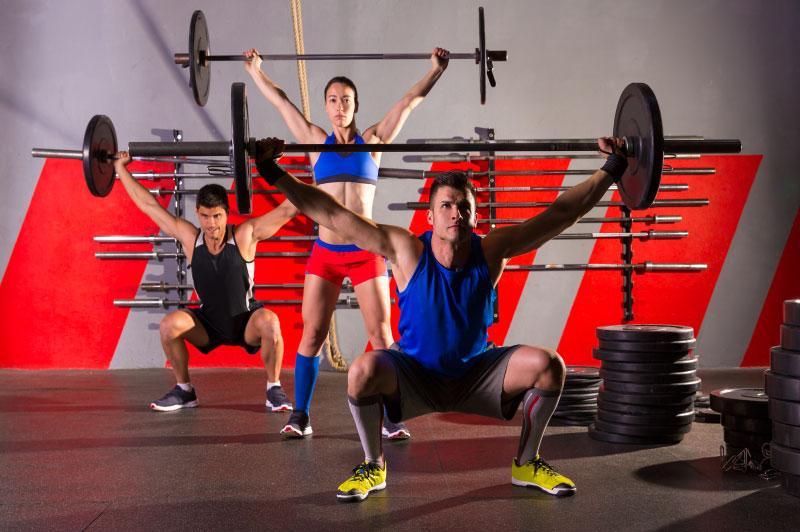
Even better news: people who are just getting started with these types of exercises can experience rapid gains in a relatively short time with little or no plateau. For instance, a group of women who began exercising by performing squats in a controlled study experiencedmore than a pound of muscle gain in 4 weeks by squatting just twice a week. That’s just 8 sessions.
Squatting, in particular, is a good exercise to invest in because it targets the largest muscle group in your body – your legs – which make up around 40% of your overall skeletal muscle mass. Increasing your muscle mass in your legs is a great way to increase your metabolism, burn extra calories when you aren’t working out (known as the EPOC effect), and fend off unwanted fat gain.
Make an Investment In Yourself
It’s really easy to think of yourself as healthy and invincible when you’re young, but make no mistake: age will catch up with you, just as it catches up with everyone.
Remember: your muscles will start to plateau in strength sometime in your 30s, potentially leading to you becoming less active. It’s likely you won’t notice a thing early on unless you’re already keeping fit and/or tracking your weight and body composition.
Being aware of your body fat percentage and tracking it over time is a good way to determine if your body composition is declining. If you’ve noticed that your weight hasn’t changed much over the last couple of years but your body fat percentage has increased, that’s ared flag indicating aging-related muscle loss is occurring.
Invest in your muscles while you are young and one day they will take care of you!
Article contributed by Geraldine Chapman
Geraldine Chapman is the Director of Information Marketing & Social Media at American Family Fitness in Richmond, VA. She’s been in the fitness industry professionally since 1997 as a personal trainer, group fitness manager, and fitness instructor. She has trained and certified in multiple fitness programs over the years. Her favorites to teach are barre, Active®, Blast®, and Power®. Geraldine graduated from Virginia Commonwealth University with a B.A. in Communication Arts & Design. She is also a Certified High-Performance Coach and Applied Neuro Strategist. She is passionate about researching autoimmune diseases and how lifestyle, fitness, nutrition, and mindset play a vital role in the prevention and management of autoimmune issues. When not working, you can find Geraldine with a camera in hand, enjoying quality time with her family and riding her motorcycle around town.




